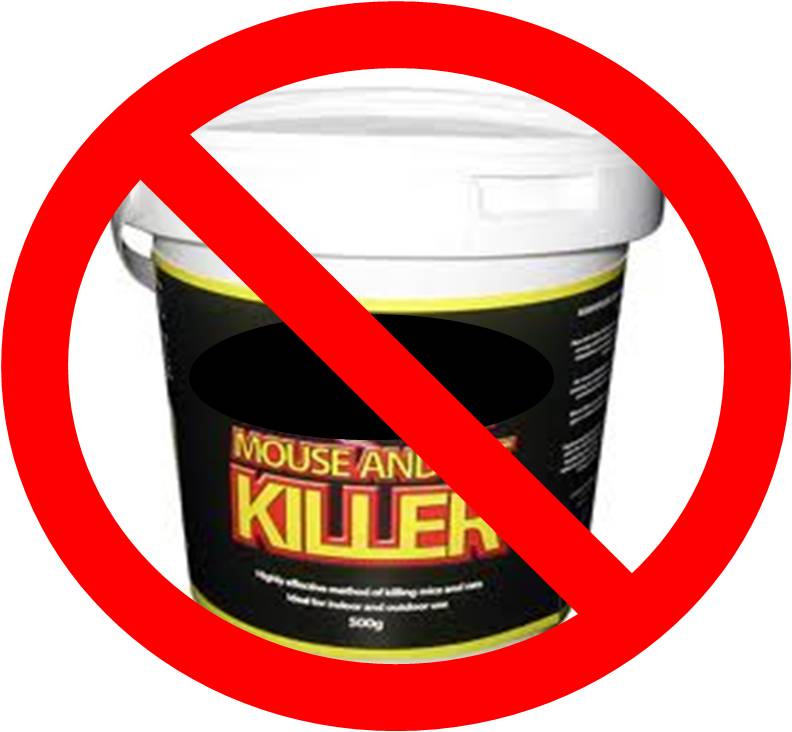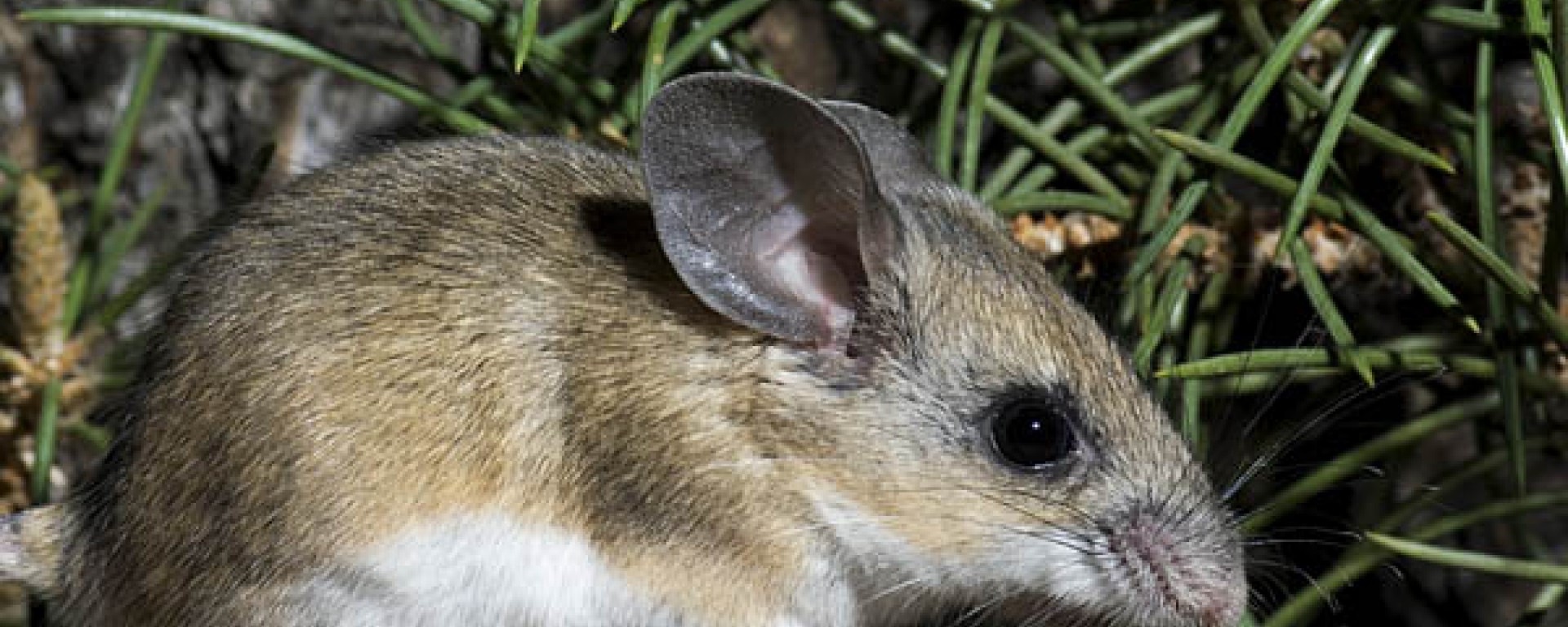Newcomers to Sandia Heights are sometimes alarmed to learn that several species of mice and rats live in our area. Not to worry! None of these species are like the house mice, black rats, and Norway rats that people dread and that spoil your food and carry disease. Native mice and rats are a normal part of our environment, and they prefer to stay outside. They help keep the insect population under control, and they serve as food for other animals. The easiest way to tell the difference between house mice and native mice is the tail: house mice have naked tails and native mice have furred tails. White-throated woodrats, also known as pack rats, have furred tails as well, while Norway and black rat tails are bare.
Deer Mouse
Peromyscus maniculatus
Deer mice are so called because their fur resembles that of deer. They eat large quantities of insects and caterpillars, and can rid an area of insects that are injurious to trees. They also eat seeds, berries, and nuts. They are a major food item for many predators. A small percentage of deer mice carry Hantavirus, but mice in the open pose no danger of infection. Take care when cleaning an enclosed space to avoid exposure to mouse feces and urine.

Piñon Mouse
Peromyscus truei
Like many other common rodents in the Sandias, piñon mice are nocturnal and not often seen. The distinguishing feature of this mouse is its huge ears. They eat piñon nuts when they can find them, as well as insects and other nuts and berries.
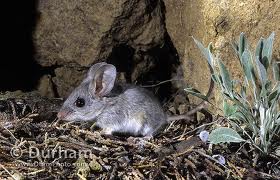
Silky Pocket Mouse
Perognathus flavus
This small mouse has light tan patches behind its ears and the silky tan fur on their backs is black-tipped. Silky pocket mice collect and eat small seeds. At a total length of four inches including its tail, this relative of kangaroo rats is one of the smallest rodents in North America.
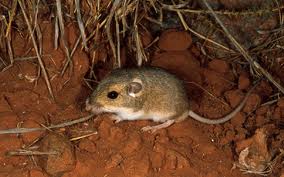
Northern Grasshopper Mouse
Onychomys leucogaster
Regarded as the wolf of the rodent world, this mouse is a carnivore that howls (although the howl sounds more like a squeal to humans). Grasshopper mice eat large quantities of crickets, grasshoppers, and other insects, and will also eat lizards and other mice. They weigh about two ounces and have white feet and a short, stubby tail.
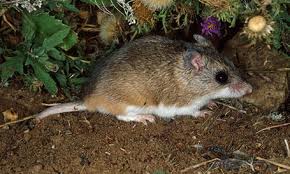
White-throated Woodrat
Neotoma albigula
These rats are about twelve inches long, including a furred tail about five inches long. They’re nicknamed pack rats because they collect sticks, prickly pear pads, cholla joints, and other objects and pile them on their nests, which can get quite large. Woodrats are especially attracted to shiny and colorful objects, and you can recognize a pack rat nest by the presence of candy wrappers, aluminum cans, keys, and even pieces of broken glass. They will also chew through wires on cars that are parked outside for long periods to add the colorful bits to their nests. If a woodrat starts building a nest in an undesirable place, for example close to your house, you can dismantle the nest and scatter the materials. You’ll need to be persistent, as the rat will patiently reconstruct the nest. Eventually, though, it will give up and find another place for its nest. Woodrats eat juniper berries and piñon nuts.
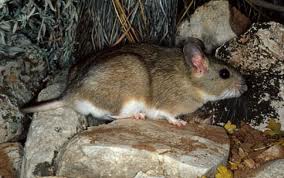
Keep the Critters Outside
House mice do exist here, and the native mice may also try to move indoors during the cold months. To keep them from getting inside, find and plug any openings in your house that they can get in. Typical places are cracks in the foundation, openings in canales, gaps around roof penetrations like ventilation pipes, gaps in window and door frames, dryer vents, and open chimneys. Caulk gaps and holes. Mice can get through openings of less than half an inch, so you should use steel wool or copper pot scrubber pads to stuff any openings too large to caulk. Put a tight-fitting screen of ¼” hardware cloth over chimney openings and dryer vent openings.
If you do get house mice inside the house, you can use snap traps to kill them humanely. Poisons, rodenticides and sticky traps are extremely cruel and inhumane, and we strongly discourage using them. If you would like to trap the mouse and release it outside, you can buy humane box-type live traps at hardware stores.
Rodents sometimes chew drip irrigation lines, and there’s a simple solution that will keep you from having to repeatedly replace drip lines. If you think about why the animals are chewing the lines, you’ll realize that they’re after the water. Plastic drip hose is not a typical menu item in the rodent world! Placing a saucer of water (no more than two inches deep) near the problem area usually saves your drip system and keeps the rodents out of trouble.
If you park a vehicle outside, you may find that mice or woodrats chew wires or build nests under the hood. Sometimes the first clue is when the car won’t start! If you cannot park the car in the garage, don’t leave it in the same spot for long periods. Drive the car frequently and move it to different spots, and check under the hood regularly for signs that rodents have been busy. Dismantle and scatter any nesting material you find.
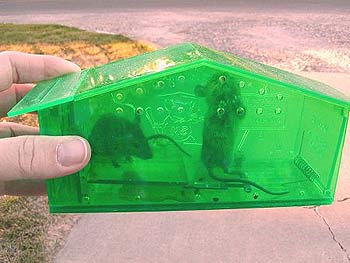
Live and Let Live
Now that you’ve fortified your house to keep the critters outside, leave them alone! They belong outside. This is their habitat. The native mouse species eat insects in addition to seeds, so they’re an important ally in keeping the insect population in balance. They are also a food source for coyotes, bobcats, foxes, hawks, owls, and snakes. Don’t set traps or use poison bait outdoors! If you kill mice and rats that are living outdoors, you’re only disrupting the food chain. You can’t wipe them out, nor would you want to. Traps set outside also kill unintended victims, like chipmunks and birds. Poison bait sickens and kills other animals when they eat a poisoned mouse or rat or if they eat the poison directly, as raccoons and bears have been known to do. Small doses can kill large animals, and a rat or mouse generally eats enough at one feeding to kill not only itself, but a predator that eats the dead or dying rodent. Your pets can also die from eating a poisoned rat or mouse, and it’s a slow, tortured death from internal bleeding. Keep your pets and our wildlife safe and don’t use poison bait!
We are fortunate to live in Sandia Heights in the midst of a fascinating diversity of animal life. It’s up to us to change our behavior to accommodate our wildlife. It may take getting used to a different way of thinking, but making some changes in how we do things really doesn’t inconvenience us very much. It’s worth the effort to enjoy being part of a little bit of wildness and to catch glimpses of our wild neighbors.
